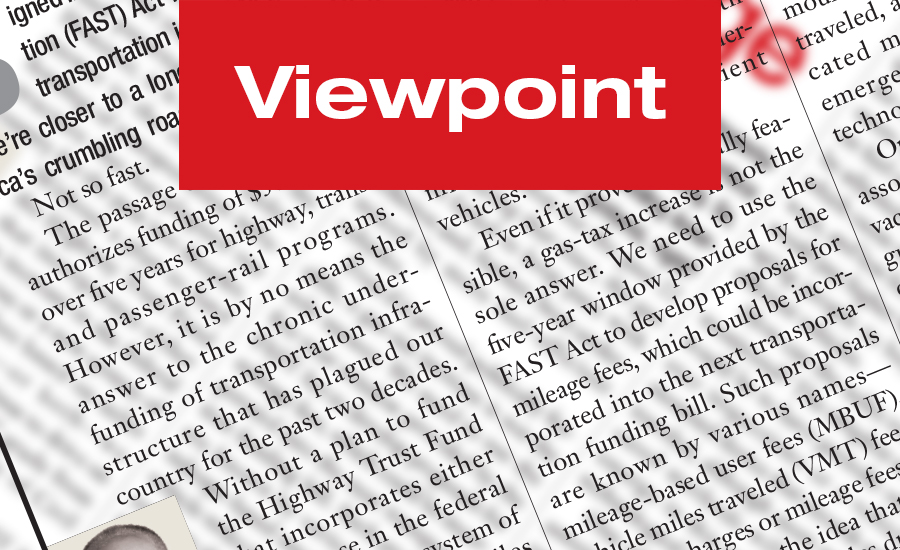Which Comes First: Best Practice Or Hazard Analysis?

Whenever a crane accident happens, it's no surprise to see increased attention to the safety procedures of crane operations across the country. The resulting negative publicity can force companies to close their doors. From minor incidents to major losses, each accident affects business productivity, efficiency and profitability. Accidents are typically a direct result of a breakdown in the best practices of a proper crane-management system.

An actual best practice eliminates, reduces or manages any risks. But hazard analysis is a discipline that must be learned, practiced and executed on a consistent basis. All construction companies should be fully engaged in correctly executing and accomplishing risk analysis to meet the demands of the dynamic world that is construction risk.We have all heard the term "best practices." These can be defined as work execution that has been developed, tested and vetted by qualified experts practicing in their professional fields. However, we have also witnessed over the years a growing number of so-called best practices developed without regard to appropriate hazard-analysis methods—before they are applied as best-practice methodologies. Almost everyone in construction has witnessed someone not following a best practice. The rules are usually not followed because a worker believes falsely—or heard a story from another worker—that a different method is faster or better.
The many individual programs (some with fancy names) come down to five steps in developing a true best practice with solid risk analysis: identification, analysis, solution, execution communication and follow-up. Carrying out these steps helps reduce, manage or eliminate risk.
The methodology behind the development of these steps applies to high-level corporate or strategic risks and actual work execution on the most basic elements of construction. The two terms, risk and hazard, are practically synonymous, but risk is an overall concept and hazard is a series or single point of risk.
Here's how it works: a situation is identified, then analyzed. When the analysis is correct, it leads to determining a potential solution. For example, a tower crane in anticipated high winds is considered to be safer in a swing position. Thus, the solution is to release the brakes for "weather-vaning" and secure all rigging and loose materials. This best practice should be followed unless a professional engineer decides otherwise.
That solution might be communicated as follows: Release all slewing brakes to allow for weather-vaning, and secure all rigging and materials to withstand winds in excess of "x" miles per hour. Clear the area at a specific time and report to supervisors when that task is complete. The message should include additional details relevant for each staff level.
Follow-up begins when communication and execution are complete. Review the previous four steps to ensure that each of them has been completed in order and no known or previously unknown risks have surfaced. This verifies, corrects and ensures that best practices have been implemented.
If each of the five steps is followed, an unknown risk becomes a known risk that can be addressed. It is what you don't know that can hurt you.
Risk-analysis methodologies are not a silver bullet—they cannot prevent every possible incident—but we stress the importance of learning to conduct proper risk analysis and following through with training and execution at all levels of the company. That can help reduce the probability and severity of incidents.
It is one best practice we've seen work many times.

